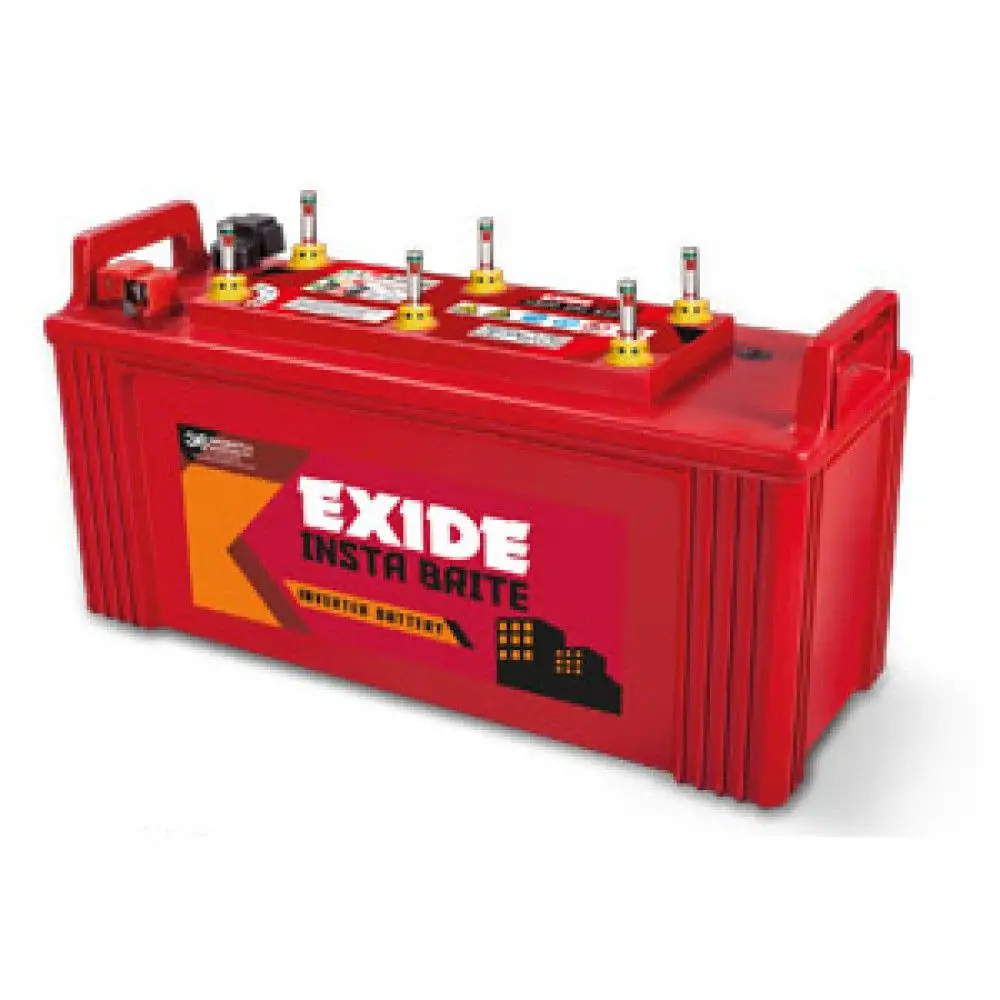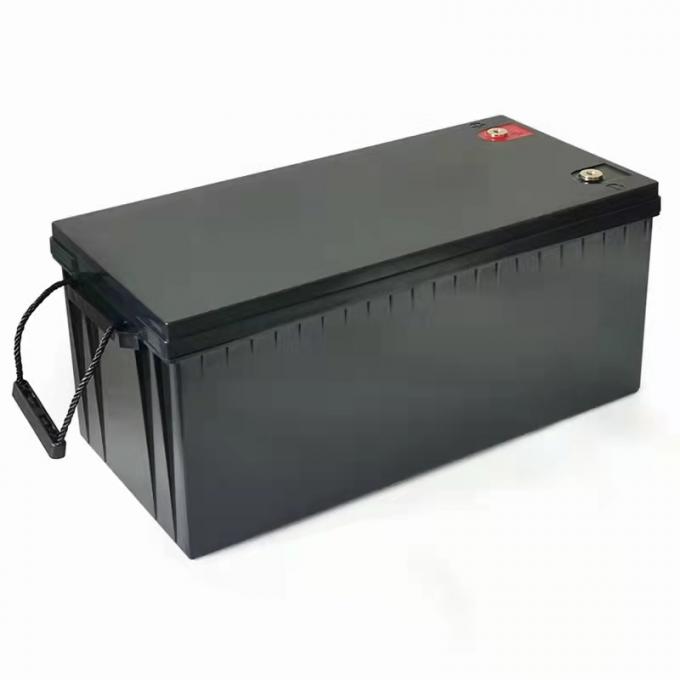Understanding Backup Power Duration: The 150Ah Battery Example

In the realm of backup power solutions, the capacity of a battery is a crucial factor that determines how long it can provide electricity during a power outage. To understand this concept, let’s delve into the details of a specific example: a 150Ah battery.

Battery Basics: Ampere-hours (Ah)
Before delving into the intricacies, it’s essential to grasp the significance of ampere-hours (Ah), a unit that quantifies the amount of electrical charge a battery can store. Ah is the product of current (measured in amperes) and time (measured in hours), akin to the volume of a container that holds a liquid.
Calculating Backup Time: A Step-by-Step Approach
To determine the backup power duration of a 150Ah battery, follow these steps:
-
Determine Power Consumption:
Calculate the total power consumption of the devices you intend to power during the outage. This involves adding the power ratings of each device in watts. For instance, if you plan to run a 60-watt light bulb, a 100-watt fan, and a 200-watt laptop, your total power consumption would be 360 watts (60 W + 100 W + 200 W). -
Convert Watts to Amps:
To convert watts (W) to amps (A), divide the wattage by the voltage of your system. Most household systems operate at 120 volts. Using the previous example, 360 watts divided by 120 volts yields 3 amps (360 W / 120 V = 3 A). -
Estimate Backup Duration:
Divide the battery’s capacity (in Ah) by the current consumption (in amps) to estimate the backup duration in hours. In our case, with a 150Ah battery and a 3 amp load, the backup duration would be approximately 50 hours (150 Ah / 3 A = 50 h).
Important Considerations:

-
Battery Efficiency:
It’s crucial to remember that batteries are not 100% efficient. Typically, a battery’s efficiency ranges between 80% and 90%. Therefore, the actual backup duration may be slightly lower than the calculated value. -
Battery Age and Health:
The age and health of the battery also play a significant role in its performance. Older batteries tend to have lower capacities, resulting in reduced backup times. Regularly maintaining and servicing the battery can extend its lifespan and ensure optimal backup performance. -
Depth of Discharge (DoD):
The depth of discharge refers to the amount of charge drawn from the battery. A higher DoD can stress the battery and shorten its lifespan. To ensure longevity, it’s recommended to keep the DoD below 80%.
By understanding these factors and performing accurate calculations, you can effectively estimate the backup power duration of a 150Ah battery and make informed decisions about your backup power needs. Remember, the exact duration will depend on the specific circumstances, including the efficiency and health of the battery, as well as the actual power consumption of the connected devices.# 150Ah Battery: How Many Hours Backup Power Will It Last?
Executive Summary
This comprehensive guide delves into the crucial factors influencing the backup power duration of a 150Ah battery, providing valuable insights for readers seeking reliable power solutions. By exploring key concepts such as battery capacity, power consumption, and load management, this article equips readers with the knowledge to optimize backup power performance and ensure uninterrupted operation of critical devices during power outages.
Introduction
In today’s digitally connected world, reliable backup power has become essential for safeguarding critical systems and ensuring uninterrupted operation of essential devices during power outages. Among the various battery options available, the 150Ah battery stands out for its capacity to provide extended backup power. Understanding the factors that determine the backup power duration of a 150Ah battery is crucial for making informed decisions and ensuring adequate power supply during emergencies. This comprehensive guide explores the key factors that influence backup power duration, empowering readers to optimize battery performance and maximize uptime for their critical devices.
Factors Determining Backup Power Duration
-
Battery Capacity:
- Ampere-hour (Ah) rating indicates the battery’s total charge storage capacity.
- Higher Ah rating signifies more energy storage and longer potential backup duration.
- Consider the specific Ah requirement based on the load’s power consumption.
-
Power Consumption:
- Determine the total power consumption of connected devices in watts (W).
- Consider surge power requirements for devices with high initial power demands.
- Optimize power consumption by using energy-efficient devices and features.
-
Load Management:
- Avoid overloading the battery to prevent excessive discharge and reduced lifespan.
- Prioritize critical devices and allocate backup power accordingly.
- Utilize load shedding techniques to selectively disconnect non-essential loads.
-
Battery Efficiency:
- Battery efficiency affects the actual power output compared to its theoretical capacity.
- Factors like temperature, age, and discharge rate impact battery efficiency.
- Choose high-quality batteries with advanced technologies for optimal efficiency.
-
Environmental Conditions:
- Extreme temperatures (high or low) can compromise battery performance and reduce backup duration.
- Maintain batteries in a controlled environment within the recommended temperature range.
- Protect batteries from moisture and direct sunlight to prolong their lifespan.
Conclusion
By understanding the key factors that influence backup power duration, readers can make informed decisions when selecting and utilizing a 150Ah battery. Balancing battery capacity, power consumption, load management, battery efficiency, and environmental conditions ensures optimal performance and maximizes backup power availability during critical situations. With proper planning and optimization, a 150Ah battery can provide reliable backup power to essential devices, ensuring uninterrupted operation and peace of mind during power outages.
Keyword Phrase Tags
- 150Ah battery backup power duration
- Factors affecting backup power duration
- Battery capacity and power consumption
- Load management and battery efficiency
- Environmental conditions and battery performance




